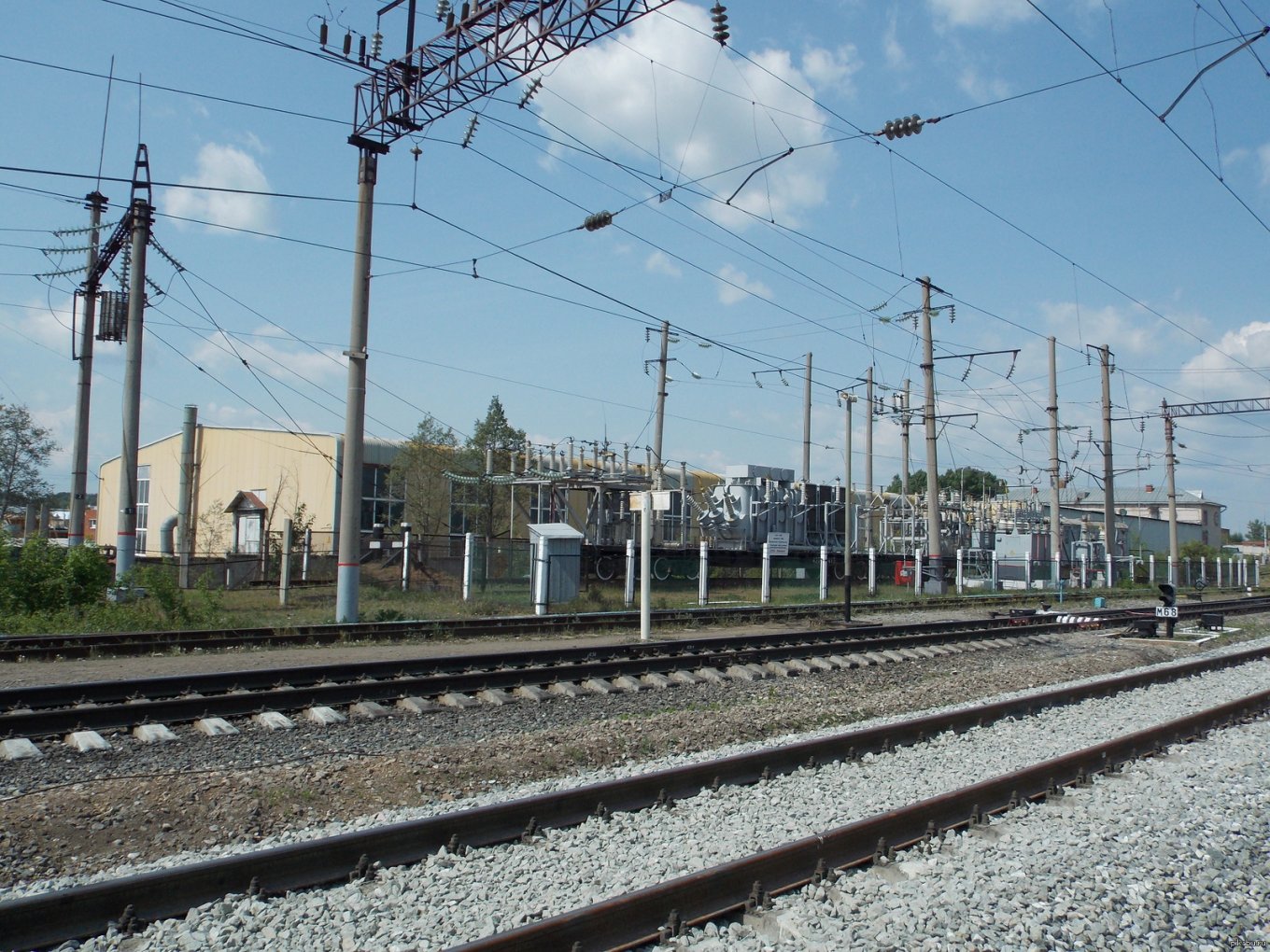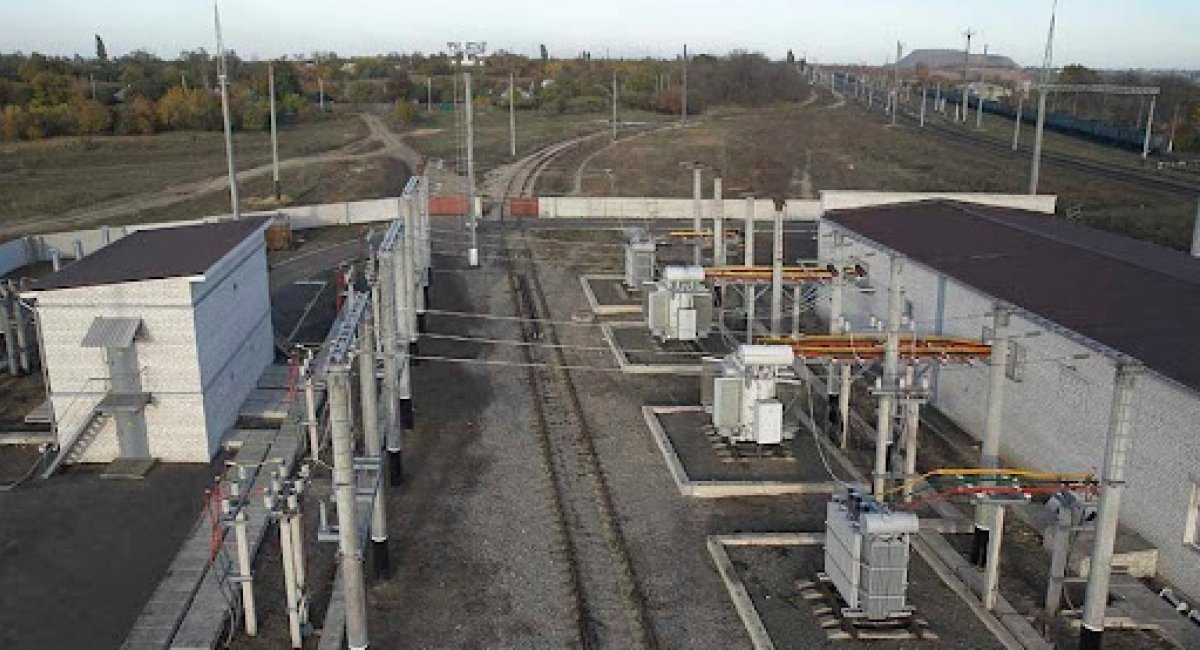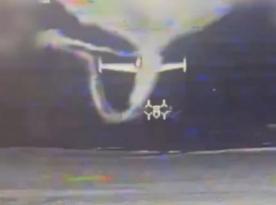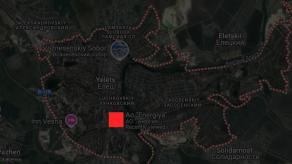Kamikaze drones struck traction substations and transformers on railway tracks located in Oryol and Kursk regions of russia, local media report. From what the russian sources say, it was a multi-stage coordinated drone attack launched by Ukrainian Defense Forces: around 23:30 local time, the first blow landed on traction substations near railway stations Ponyri and Sloboda, then 15 minutes later further north along the Zmeevka–Glazunovka line.
As noted by OSINT researchers from the Oko Gora project, the Ukrainian UAVs were aiming at a frontline-adjacent railway that plays a significant role in delivery of military supplies to the area. In fact, the drone strike on the railway network is in itself very remarkable.
Read more: Ukraine's Strike on Ryazan Oil Refinery Stands Out as Marker of russia's Problem with Air Defense

The main challenge to perform such a strike effectively is that a railway power supply substation is a target more compact than any oil processing equipment which has been attacked by Ukrainian UAVs for over a year regularly, and occasionally since summer 2022. Destruction of a small target like a substation means more strict requirements for the drone's attack precision.
There's also a reason why the Ukrainian forces chose traction substations and transformers specifically, instead of, for example, the tracks. Back in the day, the USSR's logic behind designing the railway was to make it so one could quickly replace a damaged track segment and resume traffic in just a few hours.
However, once power supply or signaling systems (both relying on traction substations and transformers) are put out of order, the traffic is paralyzed for a longer period of time with less effort —on the part of Ukrainian forces, in our case.

Although not as spectacular as burning oil reservoirs, this method is effective. On russian railways, power substations are usually divided by 15–50 kilometers, that is simply too many vulnerable places to cover them all with air defenses.
The "death by a thousand cuts" is a viable strategy against a formidable enemy, but we should not forget that it takes time and resources to achieve a decisive result. If this tactics will be implemented on a systematic basis, it will open a new dimension of long-range warfare between Ukraine and russia, alongside the battles for dominance in the Black Sea or source of profit like strikes on oil refineries. The outcome will depend, among other things, on how the russians will adapt and how many attack drones Ukraine will be able to produce.

Read more: russia Uses Kamikaze Drones Over Nuclear Reactors of the ZNPP (Video)














